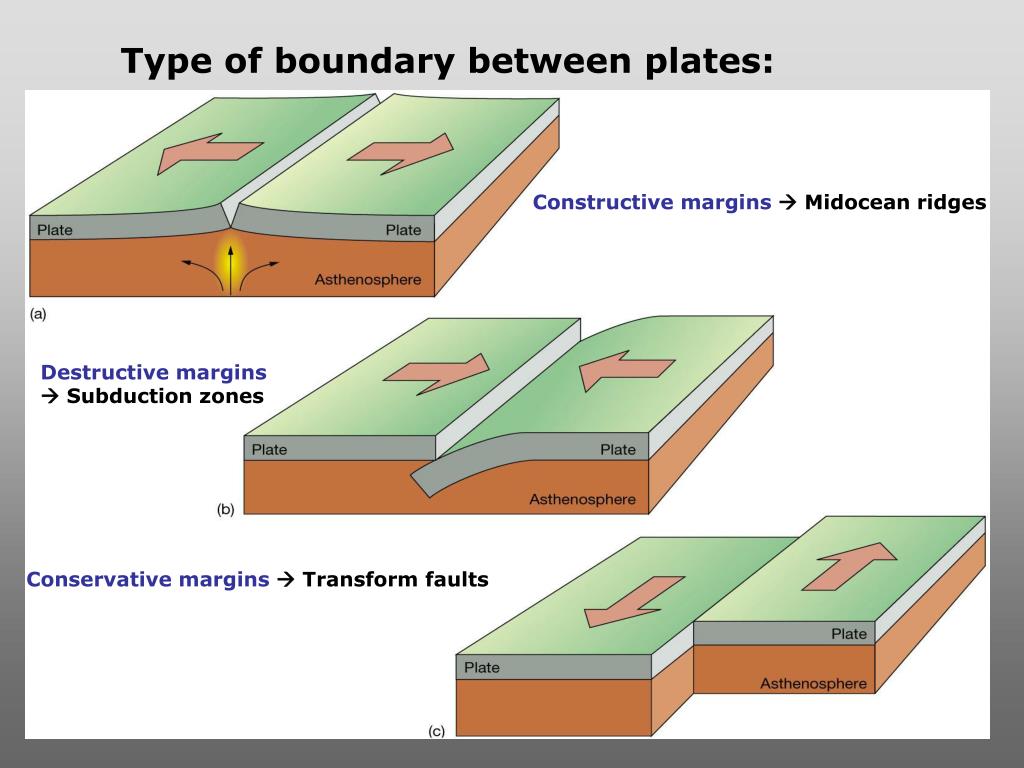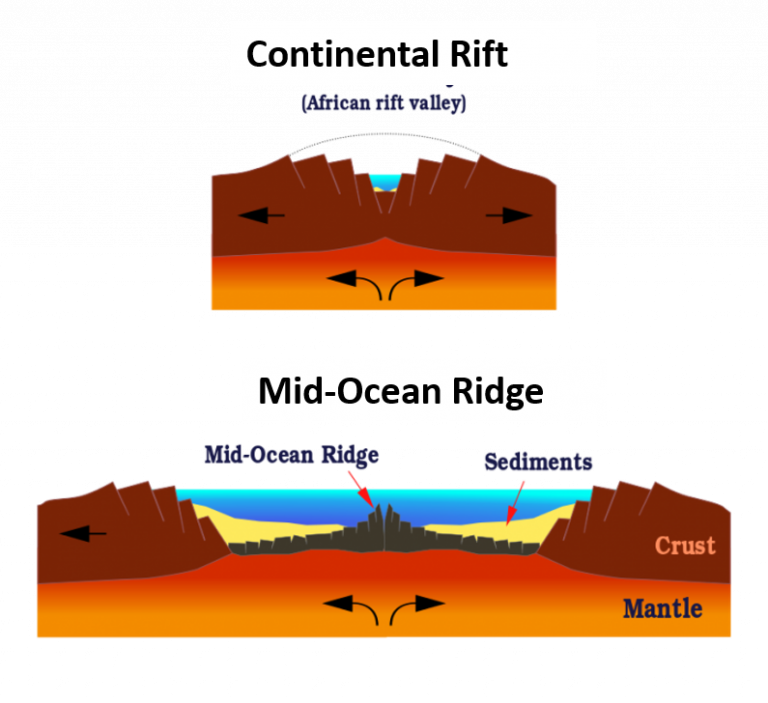
Slices of tectonically emplaced oceanic crust and upper mantle, forming ophiolites, are obducted or thrust on to the continental crust or inactive island arc on the subducting plate to form elongate belts at the junction of the two plates. The collision type of destructive plate boundary is formed during and following the final stage of subduction of ocean floor between two continents, between two island arcs or between a continent and island arc. These wedges may contain mineral deposits previously formed in oceanfloor spreading-related settings, including Cyprus-type massive sulphides, podiform chromite, platinum, magnesite and asbestos. Tectonic wedges of oceanic crust and upper mantle are scraped up with overlying sediments and emplaced above subduction zones that border magmatic arcs. Granite plutons with associated tin, tungsten and fluorite are emplaced in this setting.Ĭentres of porphyry copper mineralization may be controlled locally by transform faulting at both types of plate margin. A modification of this type of plate margin results from the formation of a marginal basin by rifting and outward migration of incipient continental margin mountain belts bordered on the ocean side by a subduction zone.

Where complete, mineral zonation away from the plate margin into continental crust comprises copper-molybdenum, silver-lead-zinc, tin-tungsten and antimony. The second, characterized by a continental margin type magmatic belt developed within continental crust, includes associated porphyry copper and molybdenum and, locally, tin-tungsten deposits.

The first, characterized by an ensimatic island arc magmatic belt developed within oceanic crust, has associated deposits, which include diorite-type porphyry copper and gold, Kuroko-type zinc-copper-lead sulphides, mercury, native sulphur-pyrite and Besshi-type cupriferous sulphides.

Three main types of destructive plate boundary are recognized - island arc type, continental margin type and collision type - each displaying distinctive mineralization.


 0 kommentar(er)
0 kommentar(er)
